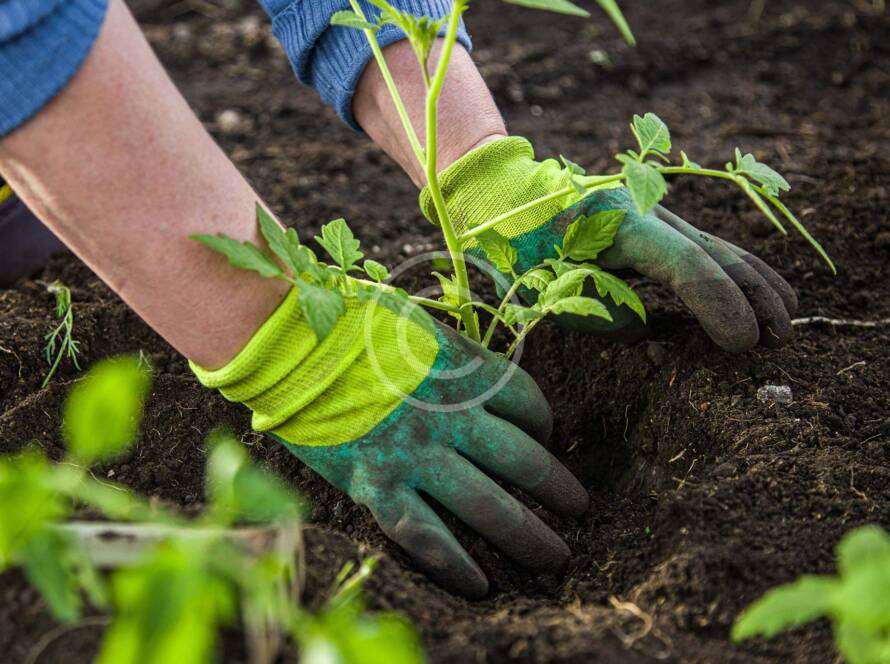Increasing farm yield through AgTech (Agricultural Technology) solutions involves the integration of various technologies to optimize farming practices. Here are some key AgTech solutions that can significantly enhance farm yield:
1. Precision Agriculture
- GPS and GIS Technologies: Using GPS (Global Positioning System) and GIS (Geographic Information System) technologies, farmers can create detailed maps of their fields. This enables precise application of inputs like fertilizers, pesticides, and water, ensuring that each area of the field receives the optimal amount.
- Variable Rate Technology (VRT): VRT allows for the variable application of inputs based on specific field conditions. This leads to more efficient use of resources and can increase yield while reducing costs and environmental impact.
2. Drones and Remote Sensing
- Aerial Imagery: Drones equipped with cameras and sensors can capture high-resolution images of fields, helping farmers monitor crop health, detect pest infestations, and assess water stress. This data enables timely interventions to address issues that could affect yield.
- NDVI (Normalized Difference Vegetation Index): This remote sensing technique uses satellite or drone imagery to measure plant health. NDVI data helps farmers monitor crop growth and identify areas that need attention, such as those experiencing nutrient deficiencies or disease.
3. IoT (Internet of Things) and Smart Sensors
- Soil Moisture Sensors: These sensors provide real-time data on soil moisture levels, allowing farmers to optimize irrigation schedules and avoid over- or under-watering, which can improve crop yield.
- Climate Sensors: Weather stations and climate sensors monitor temperature, humidity, and other environmental conditions. This information helps farmers make informed decisions about planting, harvesting, and protecting crops from adverse weather.
4. Automated Machinery and Robotics
- Autonomous Tractors and Harvesters: These machines can perform tasks such as planting, fertilizing, and harvesting with high precision and efficiency, reducing labor costs and improving yield.
- Robotic Weeders: These robots can identify and remove weeds without damaging crops, reducing the need for herbicides and improving crop health and yield.
5. Data Analytics and Machine Learning
- Predictive Analytics: By analyzing historical and real-time data, predictive analytics can forecast crop yields, pest outbreaks, and optimal planting times. This helps farmers plan and manage their operations more effectively.
- Machine Learning Algorithms: These algorithms can analyze vast amounts of data from various sources (e.g., weather, soil, crop health) to provide actionable insights and recommendations for improving farm yield.
6. Genetic Engineering and Biotechnology
- GMOs (Genetically Modified Organisms): Developing crops that are resistant to pests, diseases, and environmental stresses can significantly increase yield. For example, drought-resistant crop varieties can thrive in areas with limited water resources.
- CRISPR Technology: This gene-editing technology allows for precise modifications to plant genomes, enabling the development of crops with improved traits such as higher yield, better nutritional content, and resistance to pests and diseases.
7. Sustainable Farming Practices
- Crop Rotation and Diversification: Implementing crop rotation and diversifying crops can improve soil health, reduce pest and disease pressure, and increase yield.
- Conservation Tillage: Reducing tillage preserves soil structure, reduces erosion, and enhances water retention, leading to better crop yields.
8. Blockchain and Traceability
- Supply Chain Transparency: Blockchain technology can enhance supply chain transparency, ensuring that farmers receive fair prices for their produce. Improved traceability can also build consumer trust and open up new markets for high-quality products.
9. Vertical Farming and Controlled Environment Agriculture (CEA)
- Hydroponics and Aeroponics: These soilless farming methods allow for the cultivation of crops in controlled environments, optimizing resource use and increasing yield. Vertical farming can produce higher yields per square meter compared to traditional farming.
- Greenhouses and Indoor Farming: Controlled environment agriculture can protect crops from adverse weather conditions and pests, allowing for year-round production and higher yields.



